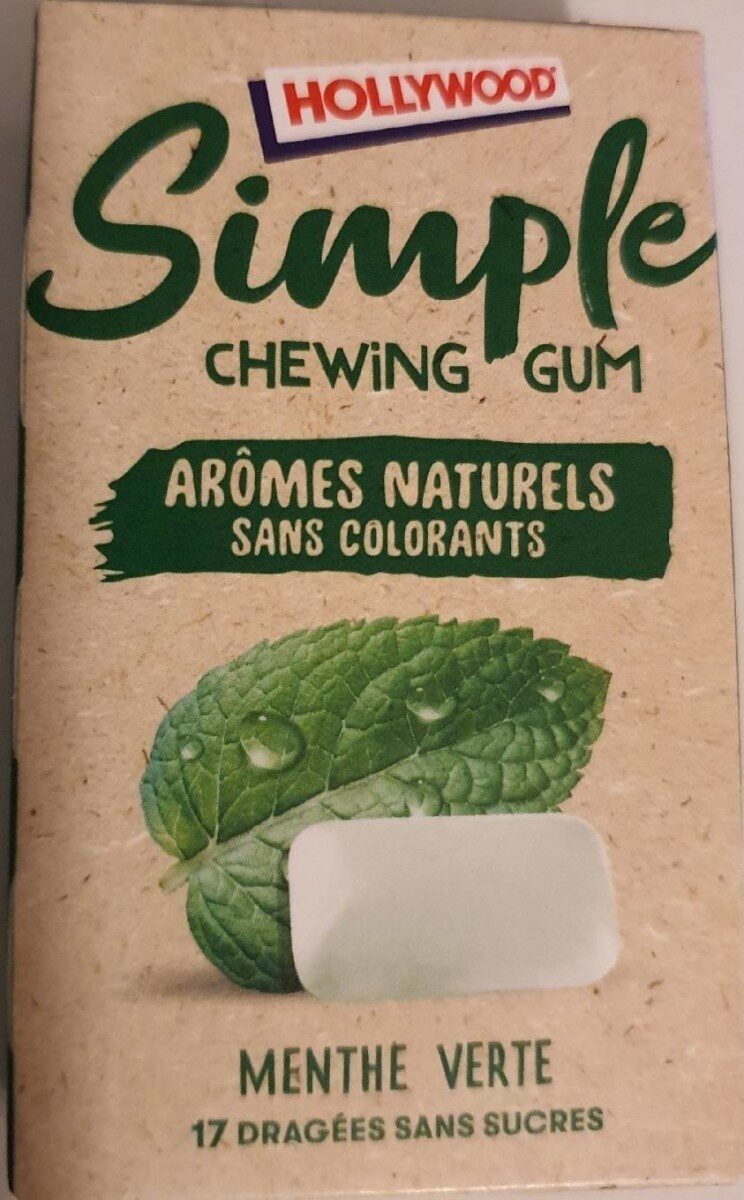Simple chewing-gum - Hollywood - 22,1g
This product page is not complete. You can help to complete it by editing it and adding more data from the photos we have, or by taking more photos using the app for Android or iPhone/iPad. Thank you!
×
Barcode: 7622201412227 (EAN / EAN-13)
Quantity: 22,1g
Packaging: Cardboard
Brands: Hollywood
Categories: Snacks, Sweet snacks, Confectioneries, Chewing gum
Labels, certifications, awards: Sans colorants
Stores: Franprix, carrefour.fr
Countries where sold: France
Matching with your preferences
Report a problem
Data sources
Product added on by kiliweb
Last edit of product page on by kiliweb.
Product page also edited by driveoff, g123k, itsumit, meghib, moon-rabbit, openfoodfacts-contributors, packbot, roboto-app, sebleouf, yuka.WVlCWkNhZGZtZElqcFAxbTBTMks0dTUrMzV1WlIwR1BJcmNQSWc9PQ, yuka.sY2b0xO6T85zoF3NwEKvlkt5Tvb9gjjEKzLRoVC7y_6yE4fNTNdT2rHoEao, yuka.sY2b0xO6T85zoF3NwEKvlnF-DfvGrmnBZhPtn1yZmfmjLrW1fddDw6nYEKs, yuka.sY2b0xO6T85zoF3NwEKvlnZ6SeXwnGPCKzX6hFSny_HUCMD0S9pfzo7ebqs.











